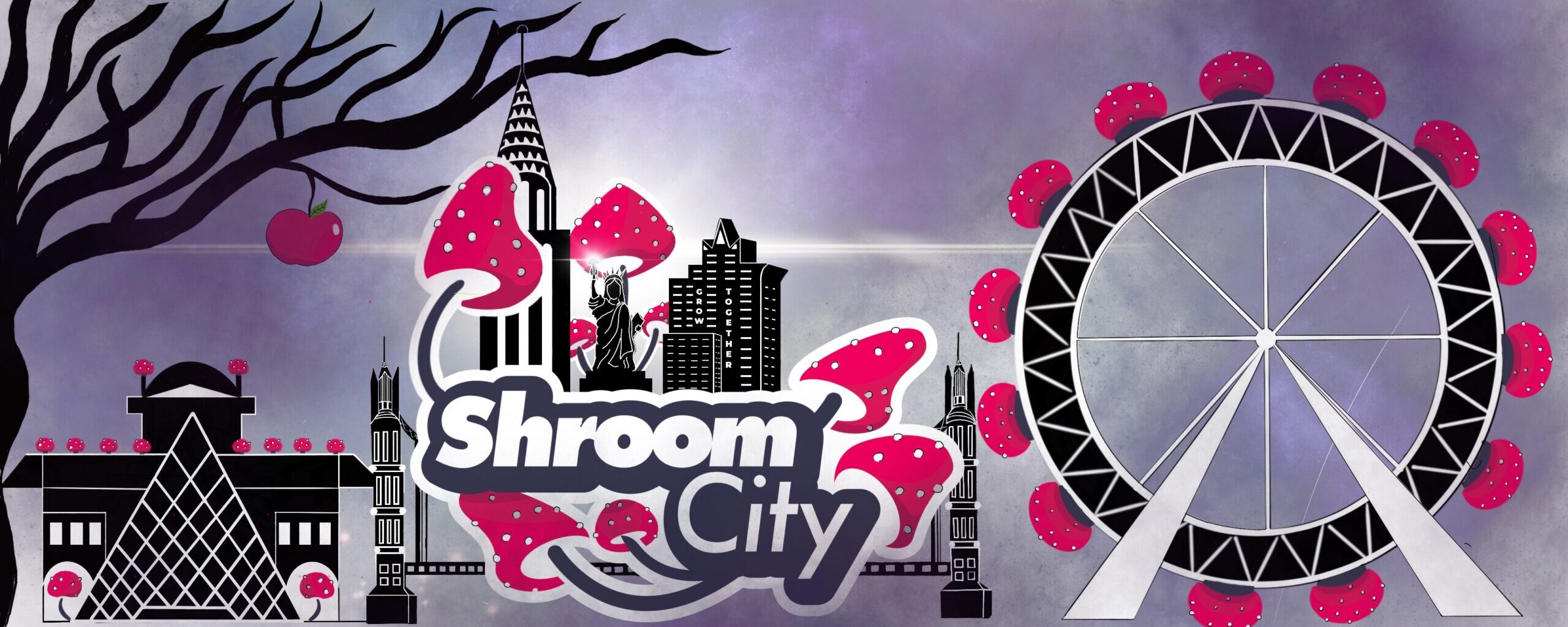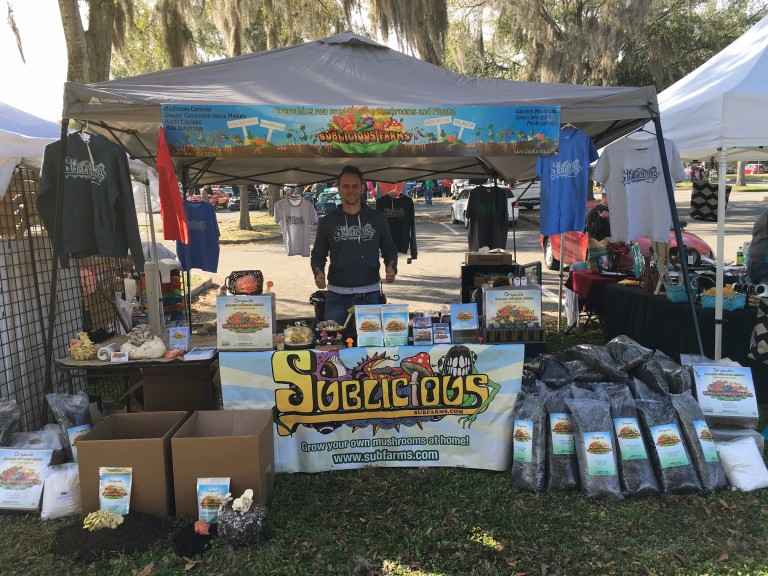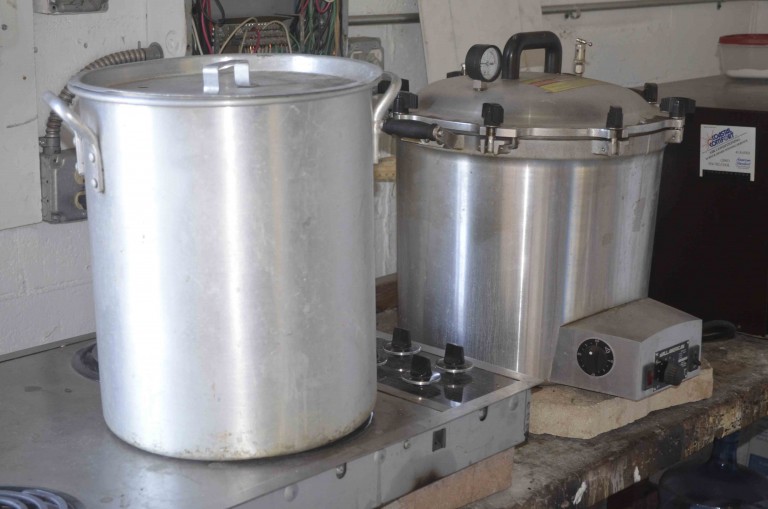The Mushroom Life Cycle
The kingdom Fungi consists of several groups (phyla) of which each has its own unique life cycle. Edible mushrooms (e.g. Oysters, Shiitake, Reishi) belong to the group Basidiomycota. If you want to start the cultivation of these mushrooms at home, it is important to know about the mushroom life cycle. This will help you to understand what aspects of nature you are trying to mimic and will result into greater successes and lower rates of contamination from competitor molds and bacteria.
What commonly is called the “mushroom” is really only the fruiting body. It consists of a stem and a cap. What many people don’t know is that there is an entire network of mycelium, which is part of the organism.
Considering it’s life cycle, let’s start with the haploid (containing half of the genetic information needed to form a mushroom) basidiospores (1).
As it settles onto a surface, the spore germinates (if it finds itself on a suitable habitat) producing a single-cell filament called hypha (2). This hypha grows through its food source, searching for a genetic mate. Like the sperm and egg of animals, spores contain only half the genetic information of their parent and therefore need to fuse with the hypha of another spore in order to be genetically whole. If the hyphae of different mating types meet, they are attracted to each other and fuse (during Plasmogamy), forming a cell with two nuclei (3). Now begins a phase that is unique to fungi: The Dikaryotic Phase, in which the cells of the so-called fungal mycelium have two nuclei.
The mycelium has all the genetic information it needs to produce mushrooms. First it grows through its environment, continuously branching out in all directions, forming a very dense network, and decomposing organic matter as it moves along. Due to the mycelium’s high surface-area-to-volume-ration, it allows the fungus to absorb nutrients efficiently.
Once the fungus runs out of resources or a change in environmental conditions occurs (like a temperature drop and increased humidity), the mycelium will start to fruit (grow a mushroom) (4). This mushrooms also consists of hyphae with two nuclei. It is a tightly packed above ground mass. First, it will accumulate into many tiny pinheads (primordia), which will soon develop into mature fruiting bodies and start producing spores.
The spores are produced on a layer of tissue called hymenium. This tissue can be found in the mature fruiting body on the gills, which in many species can be found underneath the cap of the mushroom. These are lined with dikaryotic basidia, containing two haploid nuclei (5). During Karyogamy (6). two nuclei fuse before meiosis (7) and four spores with one nucleus each develop. The basidium then grows four appedages and one haploid nucleus enters each appendage and develops into a basidiospore (8). The basidiospores are ejected in a process called ballistospory.
Millions or even billions of these spores can be produced by one single mature mushroom on a single day. They are released and after they drop below the cap, they are dispersed by the wind. Once they settle on a suitable surface, the mushroom life cycle begins again.
To learn more subscribe to our blog and visit us at MycoLife.com for all your mycological needs!

–> Click on image to view full size.







